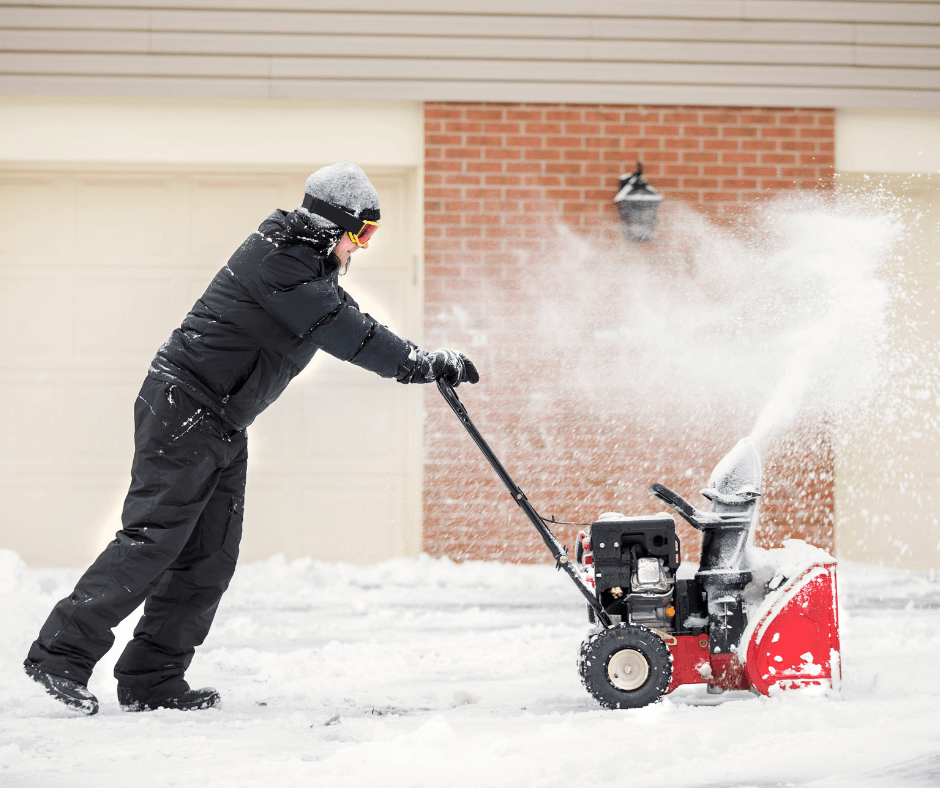Simple Tips To Avoid Sore Muscles In This Cold Weather
Cold Weather Affects Your Muscles and Tendons
When temperatures drop, your body will go through noticeable changes. Your lower back might feel sore. Knees and elbows could feel stiffer than usual. Overall, your muscles and tendons are at a higher risk for injury during the coldest months of the year.
Tendons are a type of connective tissue that latch muscle tissue to bone. While muscle tissue, like your bicep muscle, heals within 90 days, connective tissue like tendons can take 270 days to heal on average.
Let’s take a look at how the cold weather can affect your muscles and tendons, and what you can do to prevent injury.
What Does Cold Weather Do to Your Muscles and Tendons?
If you feel muscle pain during cold weather, you’re not alone. Here’s why pain, soreness, and stiffness are so common in cold weather:
Reduced Blood Flow: Cold weather reduces blood flow in muscles and tendons. Since tendons already have notoriously poor blood flow, this creates a significantly higher risk for injury.
Decreased Levels of Body Heat: Poor blood flows means less body heat. If muscles and tendons can’t get properly warmed up, they can’t perform at optimal levels regardless of the activity. Again, this will increase your risk of injury.
Difficulty with Movement: Remember playing in the snow as a kid for hours then not being able to remove your gloves because your hands were so stiff? Between the poor blood flow, lower body heat, and stiffness, it’s going to be harder to move.
What Can You Do to Protect Your Muscles and Tendons?
Whether you plan on going out to run or you simply need to take care of that mountain of snow in your driveway, there are several things you can do to get warm, get moving, and prevent injury.
Bundle Up: First, make sure you’re dressed for the occasion. You don’t need to wear fifteen layers of clothing. You want to feel warm and move freely.
Warm-Up Inside: Before venturing outside, perform a light warm-up and stretch inside your house. Here’s a quick an example of an easy warm-up workout (check with your doctor before performing):
- Marching High Knees: 20
- Side Steps: 30
- Half Squats: 20
- Jumping Jacks 30
- Stretch for five minutes
Stretch More: If you plan on going outside to perform a physical activity like a workout or shoveling snow, give yourself more time to stretch. Once warmed up, hold stretches for up to 60 seconds, no less than 30 seconds. Deeper stretching sessions should take around 10 to 15 minutes.
Slow to Start: Once you’re warmed up, stretched out, and heading to the door, be slow to start your activity. Don’t jump into a sprint. Don’t immediately begin shoveling a giant pile of snow. Take your time, ease into the activity, and build up intensity and effort slowly.
Limit Your Time Outside: To keep your risk of injury low, it’s important to stay outside only as long as you need to. If you’re starting to feel cold and stiff despite being physically engaged, that’s a warning sign to get back in to warm up.
Do You Experience Muscle Pain During Cold Weather?
Our expert chiropractic physicians specialize in correcting and preventing muscle and tendon injuries during cold weather months. Give us a call at 773-878-7330 to find out how we can help you.
Dr. DeFabio D.C. is a highly regarded chiropractor in Chicago who focuses on helping his patients achieve optimal health and wellness. He takes a holistic approach to care, treating symptoms and addressing underlying issues to promote long-term healing. Dr. DeFabio D.C. is passionate about empowering his patients to take control of their health and live their best lives. You can find him surfing, skateboarding, and volunteering at the Lakeview Food Pantry when he’s not in the office.










